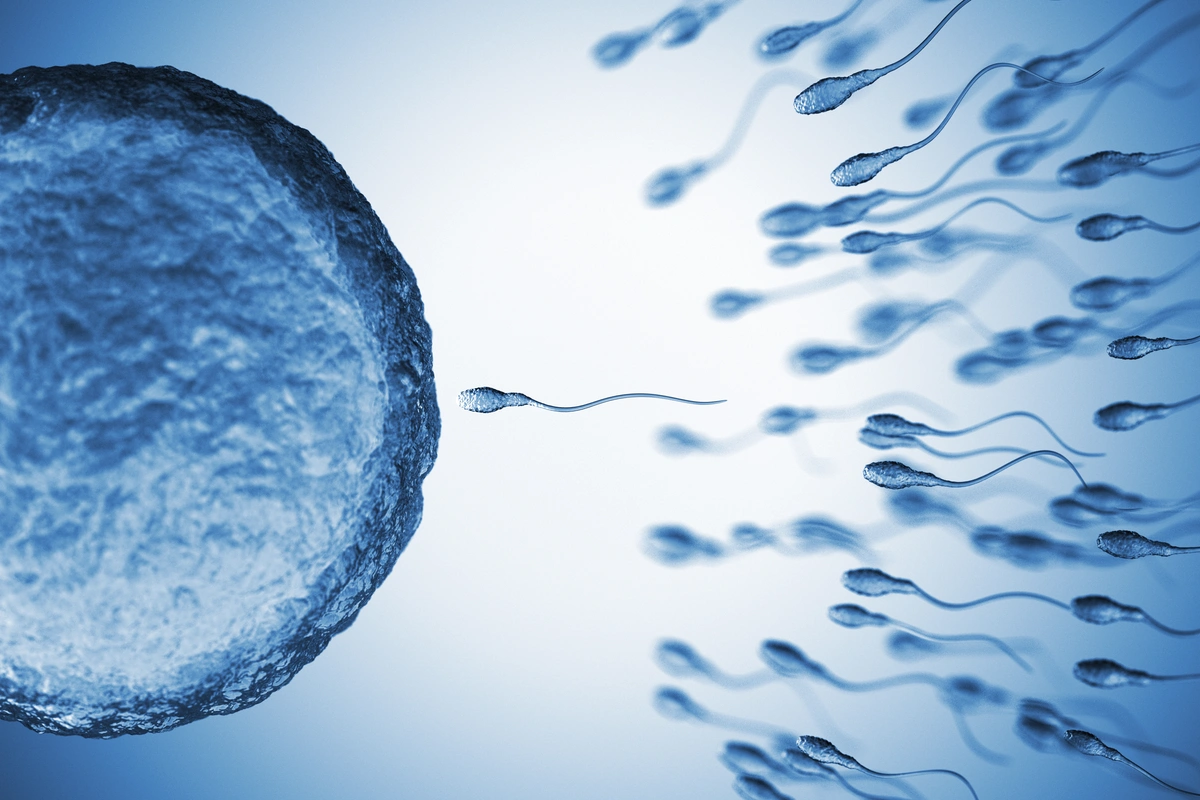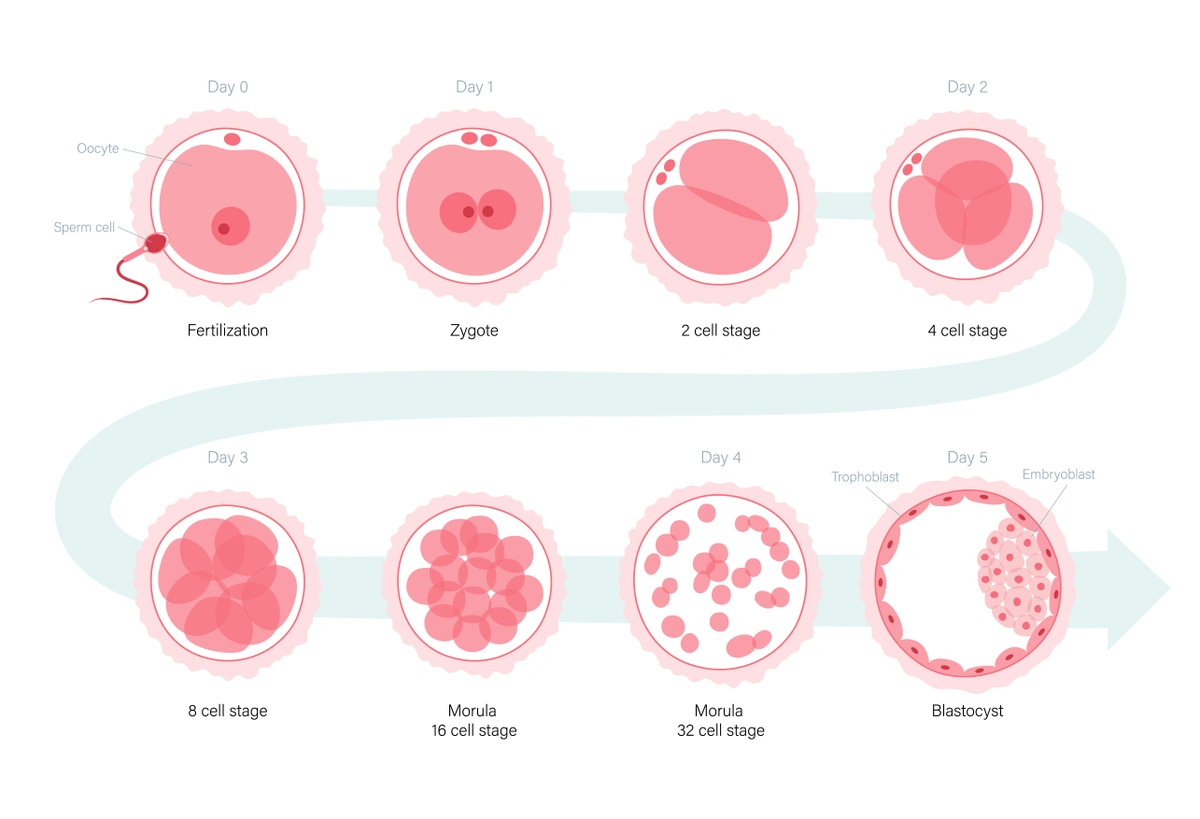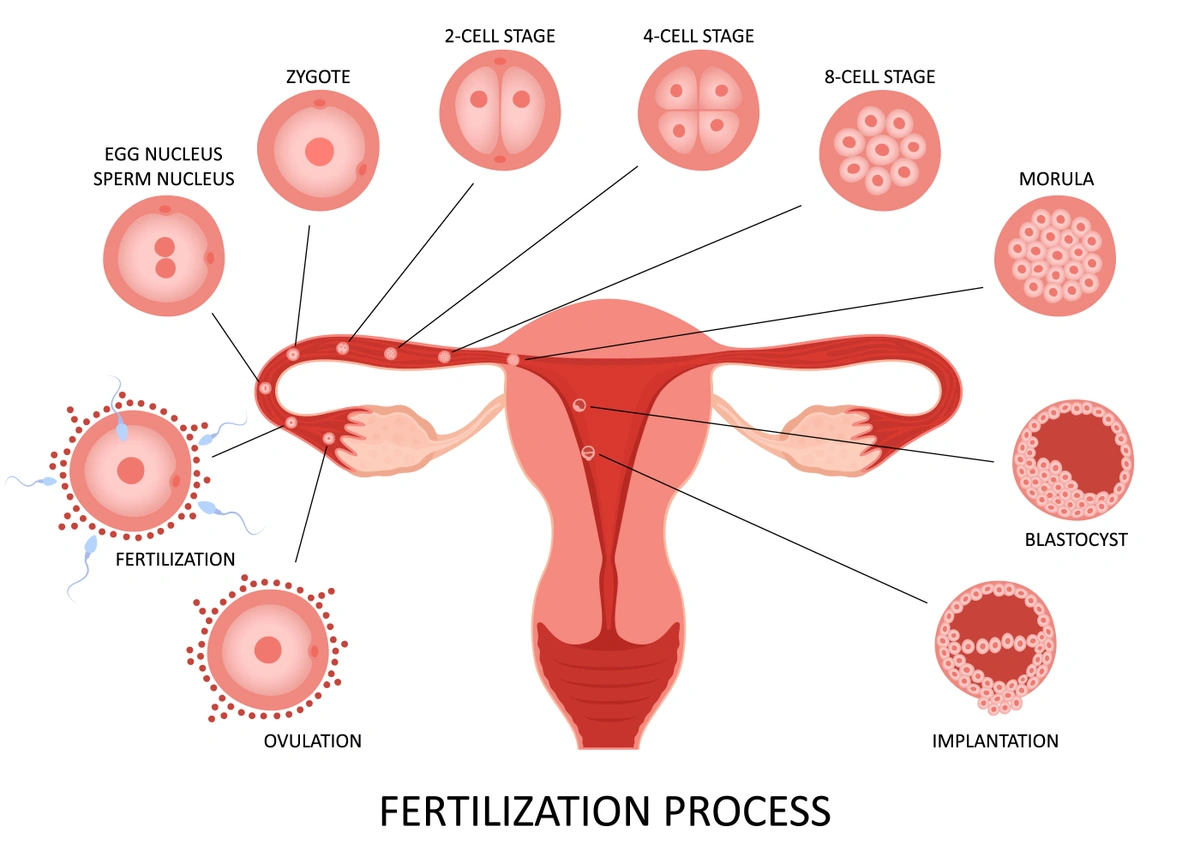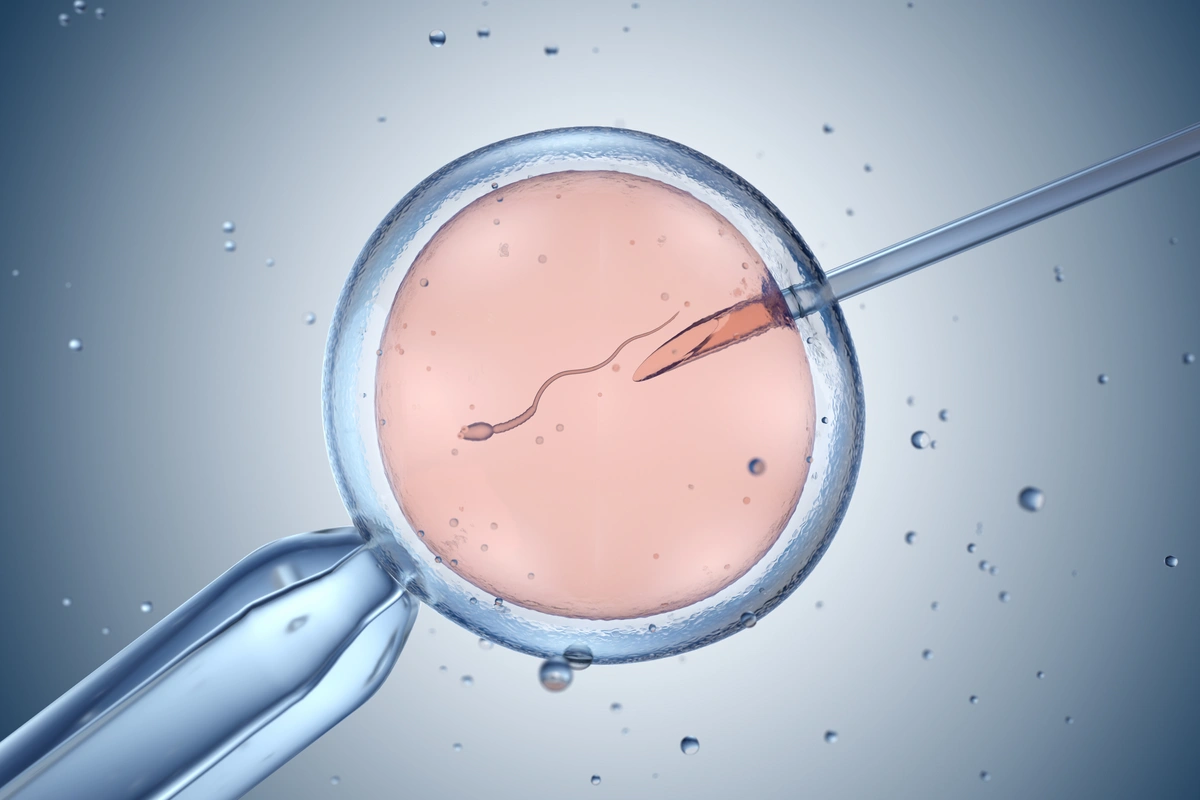
How Fertilization Works: Understanding the Human Fertilization Process
Fertilization is a remarkable and complex process that marks the very beginning of human life. Whether it happens naturally or with the help of assisted reproductive technologies like IVF, the moment when sperm meets egg is both scientifically intricate and deeply meaningful.
In this post, we’ll walk through how fertilization works in humans—step by step—including where it happens, how long an egg is viable, and how this process is replicated during in vitro fertilization (IVF).
What Is Fertilization?
Fertilization is the process by which a sperm cell merges with an egg cell from to form a fertilized egg—also known as a zygote. This union combines genetic material from both parents, creating a complete set of 46 chromosomes.
The process involves complex biochemical interactions between the egg and sperm, including receptor binding, membrane fusion, and a coordinated cellular response to ensure only one sperm enters the egg.
Where Does Fertilization Occur in Humans?
In natural conception, fertilization typically occurs in the ampulla, the outer third of the fallopian tube, near the ovary. Here’s what happens:
-
A mature egg is released from an ovarian follicle (ovulation).
-
The egg, surrounded by protective cumulus cells, is swept into the fallopian tube by the finger-like projection of the tube (fimbria).
-
Sperm travel through the female reproductive tract to reach the fallopian tube.
-
Fertilization occurs if a sperm successfully penetrates the egg.
In contrast, in vitro fertilization (IVF) takes place outside the body, typically in a lab dish.
What Makes an Egg “Mature” for Fertilization?
For fertilization to occur, the egg must be in a mature state, known as metaphase II or M2. This means it has completed part of the meiotic cell division process and is ready to receive the 23 chromosomes contributed by the sperm. When sperm and egg combine, their chromosomes merge to create the full set of 46 chromosomes needed for human life.
Illustration of cell division process following fertilization
How Long Can an Egg Be Fertilized After Ovulation?
Once released, a human egg is viable for approximately 12–24 hours. This short window is why timing is so critical for natural conception. After this period, the egg loses its ability to be fertilized.
In contrast, sperm can live within the female reproductive tract for up to 5 days, maintaining their fertilizing potential. This is why intercourse in the days leading up to ovulation can still result in pregnancy.
Steps of Natural Fertilization
1. Ovulation and Egg Transport
The ovary releases an egg surrounded by cumulus cells. The fallopian tube captures and transports the egg toward the uterus.
2. Sperm Navigation and Binding
Sperm use enzymes to break down the cumulus cells and bind to the egg’s outer shell, called the zona pellucida.
3. Sperm Penetration
Once bound, the sperm must penetrate the zona and fuse with the egg membrane (oolemma). The sperm then releases its contents—primarily its 23 chromosomes—into the egg.
4. Prevention of Polyspermy
After one sperm successfully enters the egg, a chemical reaction blocks all other sperm from entering—a process critical to healthy fertilization.
5. Pronuclear Formation
Both the sperm and egg form pronuclei, which contain their respective genetic material. When these pronuclei merge, fertilization is complete, and a single-cell zygote is formed.
Illustration of the overall fertilization process
What Does Fertilization Look Like in IVF?
In vitro fertilization (IVF) allows fertilization to happen in a controlled lab environment, typically using one of two methods:
1. Conventional IVF (Insemination)
Thousands of motile sperm are placed in a dish with the egg, allowing natural selection and fertilization to occur.
2. Intracytoplasmic Sperm Injection (ICSI)
A single sperm is directly injected into the egg. This method is often used for male factor infertility or when previous IVF attempts have failed.
Illustration of intracytoplasmic sperm injection
Overview of the IVF Process
While the term “in vitro fertilization” refers specifically to the act of fertilizing an egg outside the body, it’s often used to describe the entire IVF cycle, which includes:
-
Ovarian stimulation with hormone medications
-
Egg retrieval from the ovaries
-
Fertilization in the lab via IVF or ICSI
-
Embryo culture for 3–5 days
-
Embryo transfer into the uterus
Final Thoughts: The Start of a New Life
Whether occurring in the body or in a lab, fertilization marks the first moment of a potential new life. Understanding how fertilization works helps demystify both natural conception and the IVF process, giving patients a clearer view of their fertility journey.
If you’re exploring fertility care or interested in learning more about IVF, our team at Advanced Fertility Center of Chicago is here to help. Contact us today!
Categories
About the AFCC Blog
Welcome to the Advanced Fertility Center of Chicago’s blog! Here, you will find information on the latest advancements in fertility care and treatments, including IVF, IUI, third-party reproduction, LGBTQ+ family building, preimplantation genetic testing, and more. Since 1997, we’ve used our experience and continuous investment in the latest fertility technology to help thousands of patients grow their families. Contact us today for more information or to schedule a new patient appointment.




